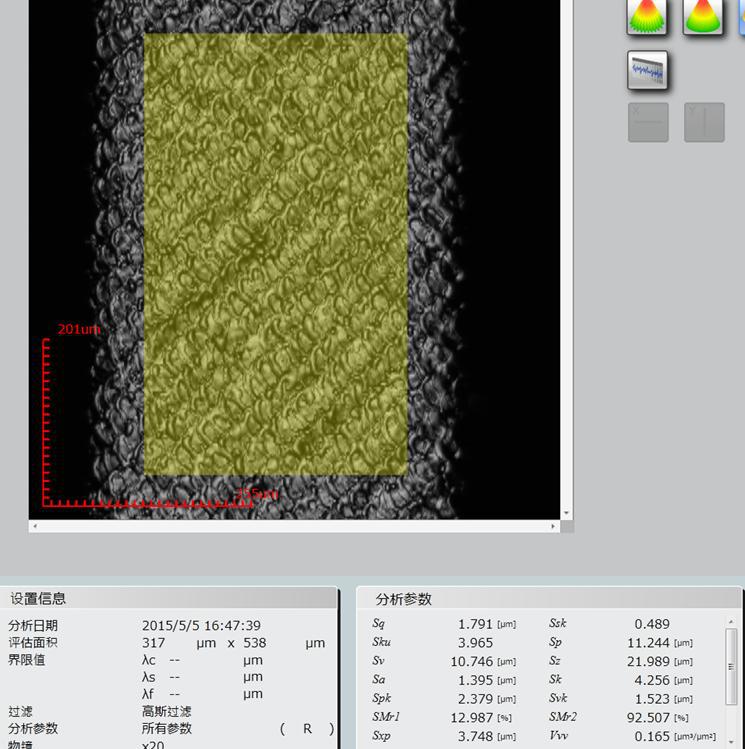- testing
- morphology observation
- microstructure analysis
- surface element analysis
- surface foreign body
- component analysis
- mechanical property test
- thermal analysis
- welding qualification
- ct scan
- nondestructive testing
- cross section analysis
- coating thickness
- flame retardant test
- abration test
- coating quality inspection
surface roughness
| tin whisker | electron microscopy |
| surface roughness | intermetallic compounds |
| optical microscopic |
project introduction:
the surface roughness is refers to the processing surface with small spacing and peak valley forming microcosmic geometry error. the smaller the surface roughness is, the smoother the surface. surface roughness is usually due to the process of the friction between cutter and workpiece surface, chip separation when plastic deformation of metal in the surface layer and the high frequency vibration in the process system. because of the different processing method and the workpiece material, the traces, density, shape, and texture left on processed surface have differences.
applications:
the surface roughness measurement is mainly used in aerospace, automotive, materials, metal products and other fields and it has a great influence on the parts using performance. in general, small surface roughness value will increase the fit quality and reduce abrasion and extend the using life of parts. the surface is rougher, the greater the friction coefficient on the surface of the parts, and surface abrasion becomes faster for the relative motion of two parts. if the surface is too smooth, the score function of abrading metal particles, lubricating oil being squeezed out, and molecular adsorption will speed up the abrasion. for the requirements of the parts surface, roughness affects the stability of the nature.
purposes:
surface roughness has important influence on parts using performance, service life and reliability of the product. in the design of parts, according to the material surface roughness values and the role of parts in the machine, improve the corresponding process parameters.
applications:
rough machining of semi-finished surface, non-machined surface, such as the shaft surface, chamfering, drilling, gear and pulley side, the bottom surface of the keyway, the gasket contact surface; machining surface, cabinet, frame, covering, sleeve surface. precision machine tool spindle taper hole, engine crankshaft, and high precision gear tooth surface. high precision measuring instrument, gage block working surface, metal mirror of optical instruments, etc
test flow:
put sample into the equipment→select test position→setting measurement parameters→measurement data evaluation→polishing→results output
reference standard:
jis b 0601
typical test images:
| line roughness |
 |
| surface roughness |
 |
| height measurement |
- learn more
- qualification and honor
- contact us
- contact us
mtt shenzhen
tel: 400-850-4050
fax: 0755-2782 1672
email: marketing@mttlab.com
mtt suzhou
tel: 400-118-1002
fax: 0512-6275 9537
email: marketing@mttlab.com
mtt shanghai
tel: 400-118-1002
email: marketing@mttlab.com
mtt dongguan
tel: 400-116-1002
email:marketing@mttlab.com
